Three years after the Fukushima catastrophe, Japan’s stricken power plant is still struggling to contain radioactive water leaks that are making the area uninhabitable, while TEPCO’s effort to clean up what remains of the crippled nuclear site has turned into a disaster of its own. The Voice of Russia spoke with Majia H. Nadesan, Associate Dean of the New College at Arizona State University and the author of a blog on Fukushima, who believes humanity might have already “forged its extinction” with nuclear technology and is now just waiting for it to unfold.
Three years ago, a disastrous tsunami and earthquake killed nearly 20,000 people and settled the nuclear crisis in Japan. Did the region manage to recover from the catastrophe and what are the current results of its recovery?
The situation at the Daiichi site remains unstable. Contaminated water production is continuing as ground water and the water injected for cooling encounter uncontained nuclear fuel. And TEPCO has admitted that ground water is indeed encountering uncontained nuclear fuel, and some of that water is ending up in the ocean, some of that water is saturating the site and some of that water is being captured and stored in tanks, and those tanks are emitting radiation, including X-rays and Beta-radiation.
There are about a thousand tanks that hold approximately 350,000 tons of highly contaminated water and the IAEA is recommending that some of that water, the less contaminated among it, be put into the ocean. So what we are having is a situation of catastrophic contamination that is ongoing for the Pacific ocean and increased water saturation at the site, simultaneously atmosphere contamination is continuing through emissions and also through the reactions of the contaminated water in the tanks. So we have a situation of great instability and ongoing significant levels of contamination.
What are the other consequences of Fukushima disaster? What have been done to struggle against them? Is it possible that the region will be safe to live in again?
The thing is that people in Japan are living in contaminated land. For example, The Asahi Shimbun described one resident who is living near 500 tons of stored radioactive waste measuring at least 8,000 becquerels per kilogram of cesium and that is the only radionulcide that they provided the measurements for, there could be uranium and plutonium, other nuclear waste stored there as well.
So people are living amidst contaminated waste; reservoirs in Japan are contaminated. There was an article also in The Asahi Shimbun, that indicated that the highest level of contamination measured in one of the contaminated reservoirs was 390,000 becquerels per kilogram of soil at the bottom of the reservoir, so people are potentially going to be drinking contaminated water.
People are living in areas that measure up to twenty millisieverts a year and there is even temporary living that is available in more contaminated areas. And people who are living in areas of twenty millisieverts a year or less are responsible for clean-up, and the clean-up plan doesn’t address hot spots or recontamination and it doesn’t help people dispose of the radioactive waste.
People are living in highly contaminated areas with children. There have been some surveys that looked at what the consequences are for children: diabetes rates have increased, thyroid nodules have increased, thyroid cancer has increased. And there was one recent survey that was published in The Mainichi that one in four children in the disaster hit areas need mental care for problematic behavior and that was interesting because the problematic behavior included things such as dizziness and nausea and symptoms that might be caused by psychological problems but also could be symptomatic of radiation exposure.
So the consequences of this disaster is that people who are living in highly contaminated areas and the region are not going to be safe again for generations because the amount of radiation contamination is increasing daily. So it is going to be land of dispossessed people.
What prospects does the region have in its future development? Is there any risk that Fukushima disaster can repeat?
The thing that so tragic is that radiation damage accumulates across time for a variety of reasons. First, because animals and plants and people all bioaccumulate radionuclides. And so across time people and animals and vegetation will become more contaminated rather than less contaminated. And the effects of radiation don’t just affect one generation, they affect multiple generations.
There is quite a bit of research, done in the Chernobyl region, for example, by Anders Møller and Timothy Mousseau, who found that the increased background radiation from Chernobyl has significant effects on immunology, mutation and disease frequency across animal species and in fact they found decline in population and long-term mutation accumulations.
Over time, each generation inherits the mutations of their parents and acquires their own. And then children have even more germline cell mutation and micro delusions in DNA than their parents. Micro-deletions in DNA are increasingly linked to diseases such as autism and congenital heart disease. So we can assume that over the long-term the health of the people in the zones and the animals in the zones – their health also is going to decrease as bioaccumulation, bio-magnification and trans-generational mutations increase. And it is a human tragedy what is occurring there.
It can happen anywhere in the world because of a solar flare that knocks out a transformer, an earthquake, for example, that might affect Diablo Canyon in California which is sitting on a fault, terrorism – all of these forces could create another Fukushima any place in the world.
Nuclear power is going to be the road to our extinction. We don’t know what the trans-generational effects are going to be, but we know they are going to be detrimental. And as humans acquire more of them, their ability to successfully reproduce is going to decline. So we might already have forged our extinction and we are just waiting for it to unfold.
We need to make changes very quickly to find ways of dealing successfully with storing nuclear waste. And we’ve just discovered in New Mexico of the US, there is a site near Carlsbad, they’ve just had a salt cave-in collapse and there is nuclear waste which is now venting into the atmosphere, even though it is being filtered, it is still coming out. That is not a successful solution. So we have to find solutions that work for nuclear waste and we need to find alternative energy that will allow us to sustain civilization in the future.
Source: Voice of Russia




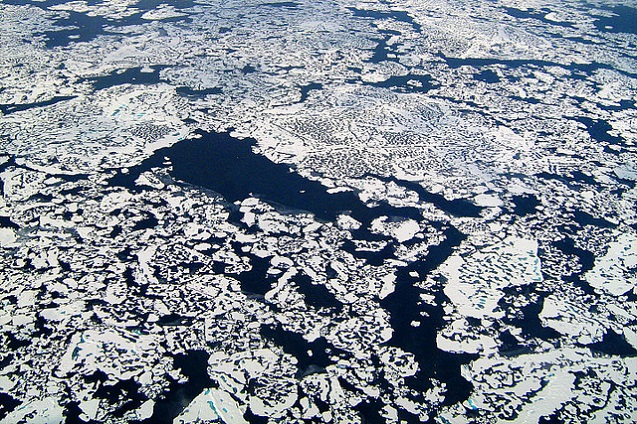
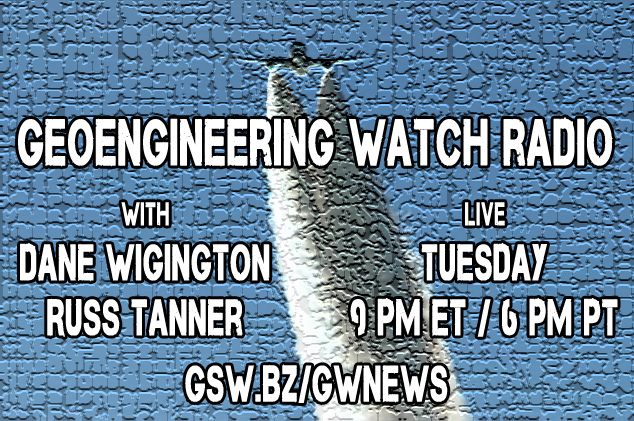
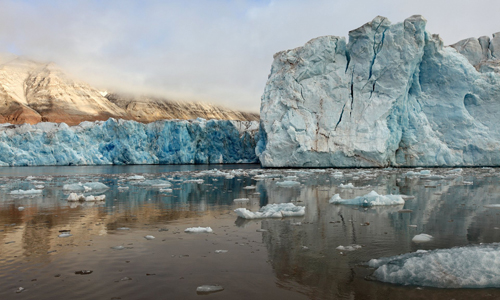
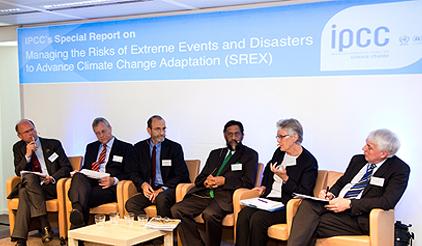

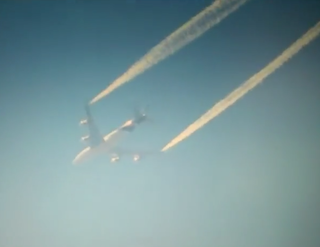





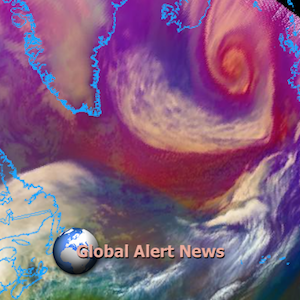







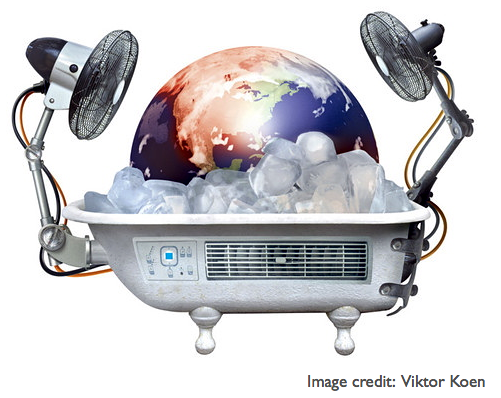

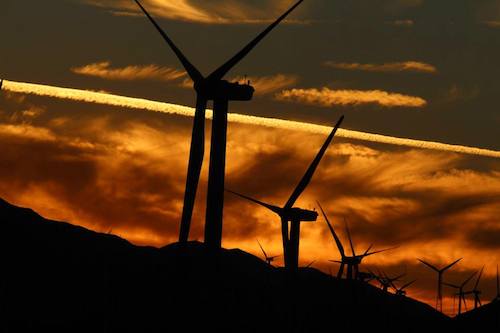

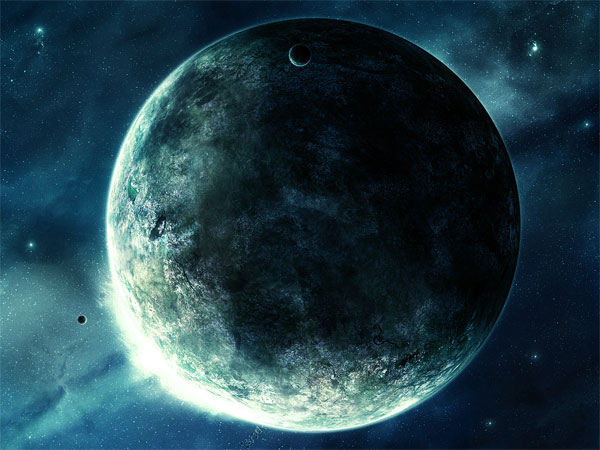
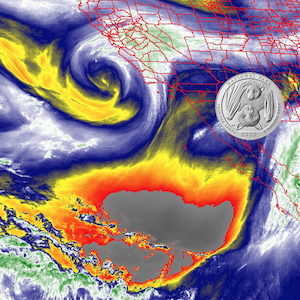




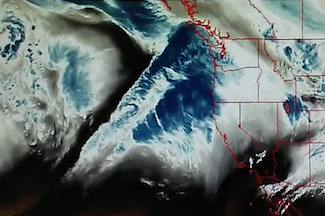










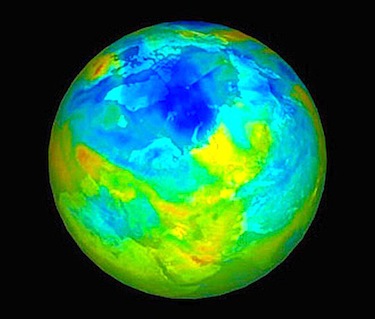
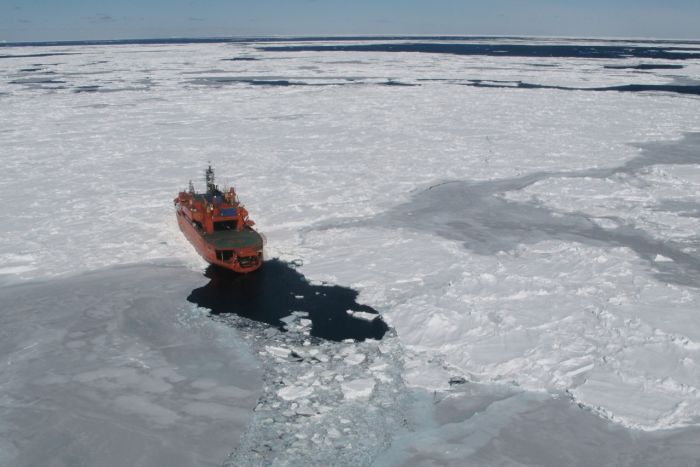
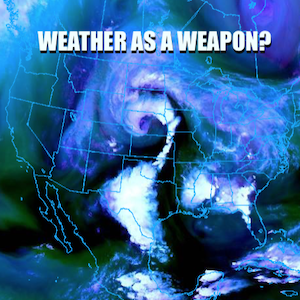

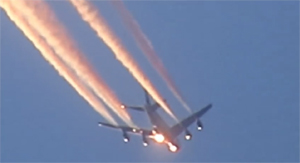



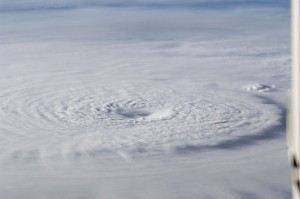




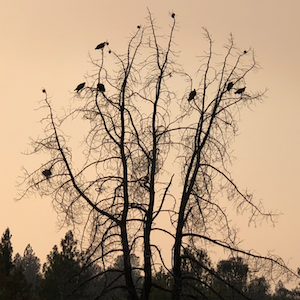
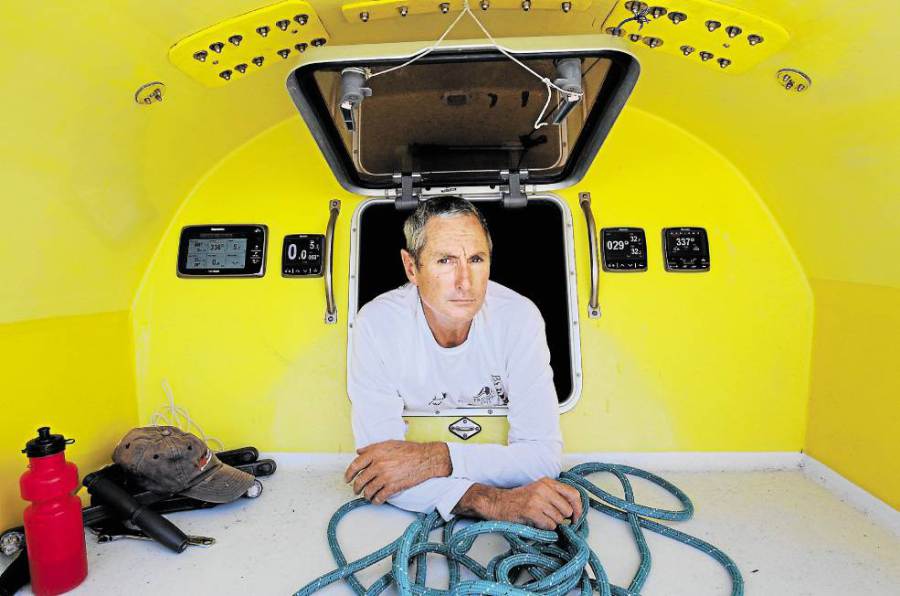


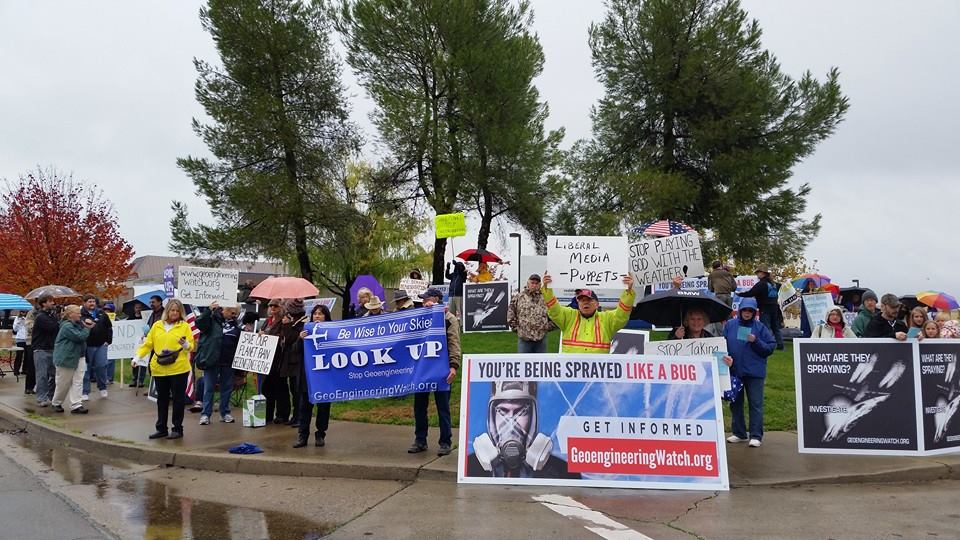

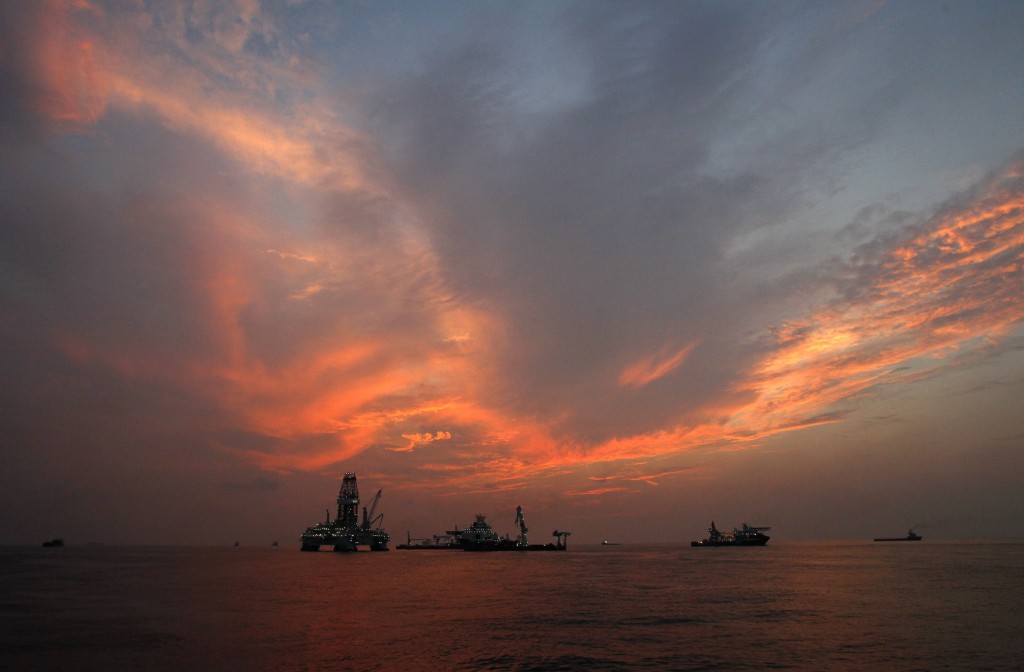
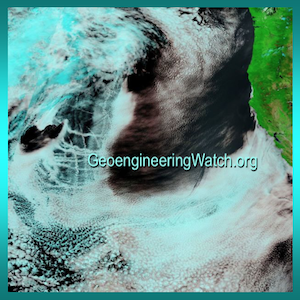

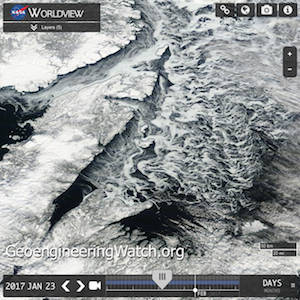

3 Responses
I should add that when I say extinction level event I don't mean people dying of cancer over 10 years. The level of radiation from a major catastrophic event would kill most forms of life on the planet within a few days.
Unfortunately it is far worse than you think. And it's not a 1 in a million chance. It's a certainty and probably soon.
Problem #1: A catastrophic event impacts the globe or a country with a significant number of nuclear power plants (eg. US, Russia, China, France). In such an event, say a global pandemic or a major Carrington event one could reasonably assume that many if not all reactors are unmanned (99 in the US alone). At this point most would successfully scram the second any tolerance variations are detected including power failure. But Scram only halts criticality. The ECCS winds up and backup generators run the cooling systems. It takes 2 or 3 years for a reactor to cool down. Reactors have at most a few days worth of diesel so we can reasonably conclude that boil off and reactor meltdown will follow within a few days. Containment breach would now occur in a high percentage of reactors releasing huge amounts of radionuclides into the atmosphere and/or the water table. Effectively an extinction level event. There are 451 reactors around the globe. 99 in the US and 58 in France
Problem #2: High level waste (HLW) consisting of spent fuel rods is stored in cooling pools right next to the reactors. HLW can be placed into two groups both groups super radioactive for up to 100,000 years (source USNRC). Group 1 is of great concern consisting of spent fuel rods still in a state of decay heat i.e. these rods will melt down or catch fire or both if the cooling systems fail. As there are no Group 2 facilities virtually all HLW cooling pools contain a mix of both. i.e. the problem has now compounded exponentially. I'm not aware of HLW pools having any containment in the sense that a reactor does which implies that a global (or country wide) catastrophic event would be exponentially worse than reactor meltdowns.
We are sitting on an extinction level time bomb and it's just a question now of when it goes off. Our entire existence is based on an assumption that no catastrophe will ever occur. And yet we have global economic collapse looming on the horizon. A super volcano could go off tomorrow, an EMP could hit any day now maybe tomorrow. This situation is sheer madness and hubris at it's worst.
So the next time you watch a Zombie movie or an Armageddon movie. Just keep in mind that in reality you have nothing to worry about. No one will be alive.
The main problem with nuclear power and its “safety” is that the probability of a catastrophe is never zero. It is potentially unlikely in some areas or constellations, but since it is never zero. That means that even “once in a million years” could actually be tomorrow. Once one explains that to proponents of nuclear power, it starts them thinking. Somehow they all think that “in a million years” means -magically- AT THE END of that period, never at the beginning …